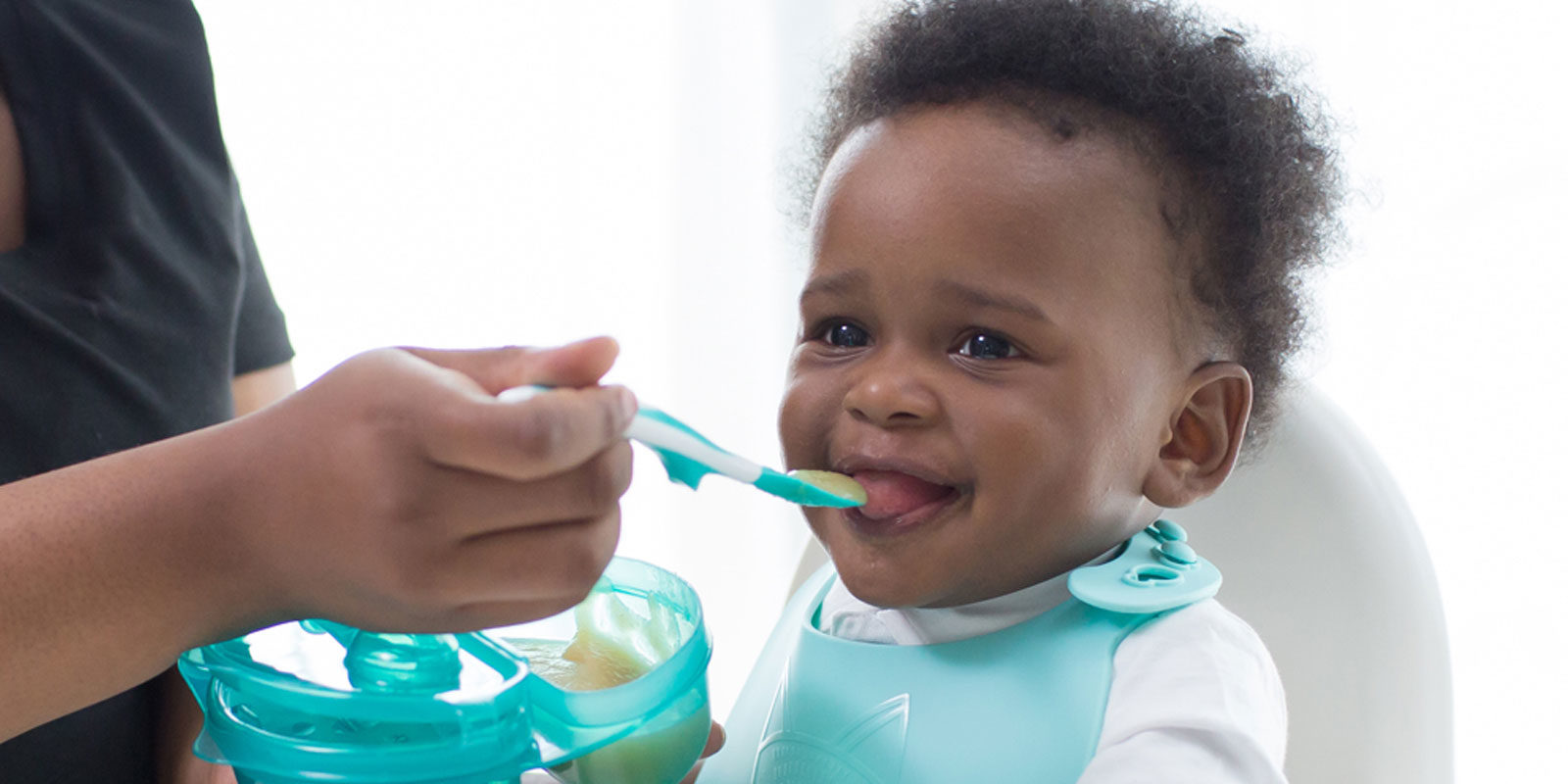by Katie Heaney, RDN, LD
Most parents wonder about the right way to feed their child and what to feed their child. The parenting style for feeding children and preventing obesity that is recommended as best practice is the Division of Responsibility in Feeding. Developed by Ellyn Satter, a therapist, social worker, and dietitian, this method allows parents to let children learn and grow with eating. This way of feeding takes the battle out of mealtimes, a challenge with which many parents can relate!
From birth until a child is between six months and one year old, the parent is responsible for what his child eats, and the child is responsible for how much and how often she eats. Infants are fed on demand. The parent chooses breast or formula feeding and helps the infant be calm and organized. Then he feeds smoothly, paying attention to cues from the baby about timing, tempo, frequency, and amounts. As the child starts eating solid foods, the parent becomes responsible for what, when, and where the child eats, and the child is responsible for how much is eaten and even whether she eats.
| Child's Age | Parent Responsibility | Child Responsibility |
|---|---|---|
| 0-12 months | What | How much When (how often) |
| 1 year+ | What When (how often) Where | How much Whether |
Responsibility changes as a child grows. By the time a child is approximately one year of age, the parent becomes responsible for when the child eats by providing routine meals and snacks. The parent also decides where the child eats, ideally at home and at a table for as many family meals as possible. This planning lays a foundation for the decisions the child will make when she has more freedom to decide what, where and when to eat.Infants are born with an internal hunger gauge that signals when they are hungry and when they are full. When parents try to control how much children eat, they interfere with this natural ability. Using the division of responsibility helps children stay in touch with these internal cues.
The responsibility of a parent is to be a good role model. A parent’s own eating and lifestyle choices are a powerful teaching tool. A child sees decisions her parent makes and follows his example. Another important job for a parent is to trust children to determine how much and whether to eat what he provides. When a parent does his job with feeding, a child can do her job with eating.
Parents’ feeding jobs:
- Choose and prepare food.
- Provide regular meals and snacks.
- Make eating times relaxed and pleasant.
- Model how to behave at family mealtime.
- Be considerate to the tastes of the child without catering to likes and dislikes.
- Limit food or beverages (except for water) between meal and snack times.
Children’s eating jobs:
- Eat.
- Eat the amount they need.
- Learn to eat foods their parents eat.
- Grow predictably.
- Learn to behave well at mealtime.
By teaching your children healthy eating habits and modeling these behaviors yourself, you can help your child maintain a healthy weight and normal growth. Also, your child will take the habits he picks up when he is young and use them to maintain a healthy lifestyle as an adult.
